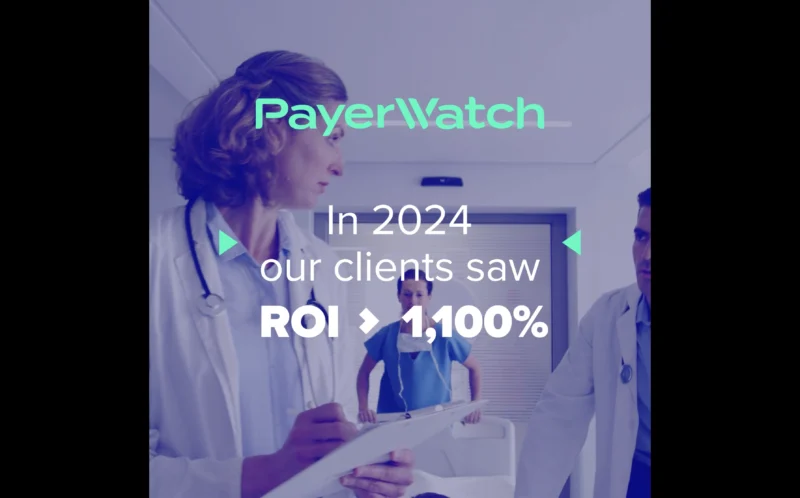Creating a Digital Patient Journey in Healthcare
The creation of a digital patient journey in healthcare represents a significant step forward in enhancing the patient experience and overall quality of care. In this episode of Dash Talk, The Becker’s Healthcare Podcast host, Laura Dyrda sat down with David Dyke, Chief Product Officer at Relatient, and Arun Mohan, President of Relatient. Together, they discuss the role of scheduling in defining elite customer experience.
Between staying on hold, finding an ideal location, and checking for availability, scheduling a healthcare appointment can be a very tedious process. “Anyone who has tried to schedule an appointment knows how hard it is,” says Mohan. However, this is just as hard for doctors and medical groups, and the challenge is not all doctors are created equal. “You got to simplify a lot of the underlying workflows and operations to make it possible.”
When you have something complicated like scheduling, there is traditionally a very steep learning curve in becoming familiar with factors such as locations and rules. “There’s generally a physical binder or Sharepoint slides that are constantly being updated,” Dyke explains, “so one of the things that folks are looking for is technology to help their newest scheduler be as effective as their senior scheduler.”
Creating a digital patient journey eases the burden of scheduling on providers and staff; however, the deployment of an online scheduling system is a fairly difficult process. “We are really trying to help our customers deliver the right balance between precision scheduling and patient-friendly scheduling,” Dyke explains.
In a recent survey, they found patients love self-scheduling when it works and asks for information that is readily known. “If you start asking secondary and tertiary additional questions we see a really significant drop-off point,” Dyke explains. Focusing on the things that matter most, such as allowing the patient to book and confirm an appointment, is vital in a digital patient journey.
When asked how health systems can improve the digital patient’s journey, Dyke and Mohan provide two factors: focusing on access and integrating a digital patient journey into every activity.
“One of the most important considerations in how you select a provider is convenience and availability,” Mahon explained. When considering how to do this for provider groups, the answer is multi-faceted. Moreover, integrating these into every activity is vital as well. “A good example of this is recall management,” says Mahon.
Tune in to learn more about all of the factors that go into creating a seamless, elite scheduling experience for both patients and providers in healthcare.




